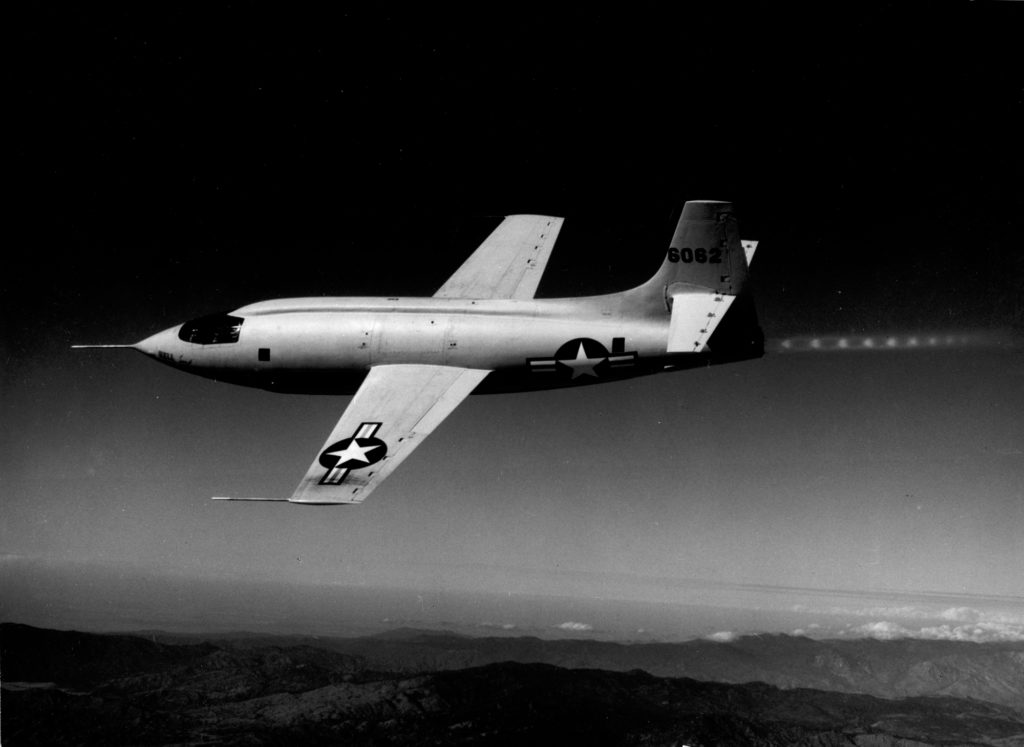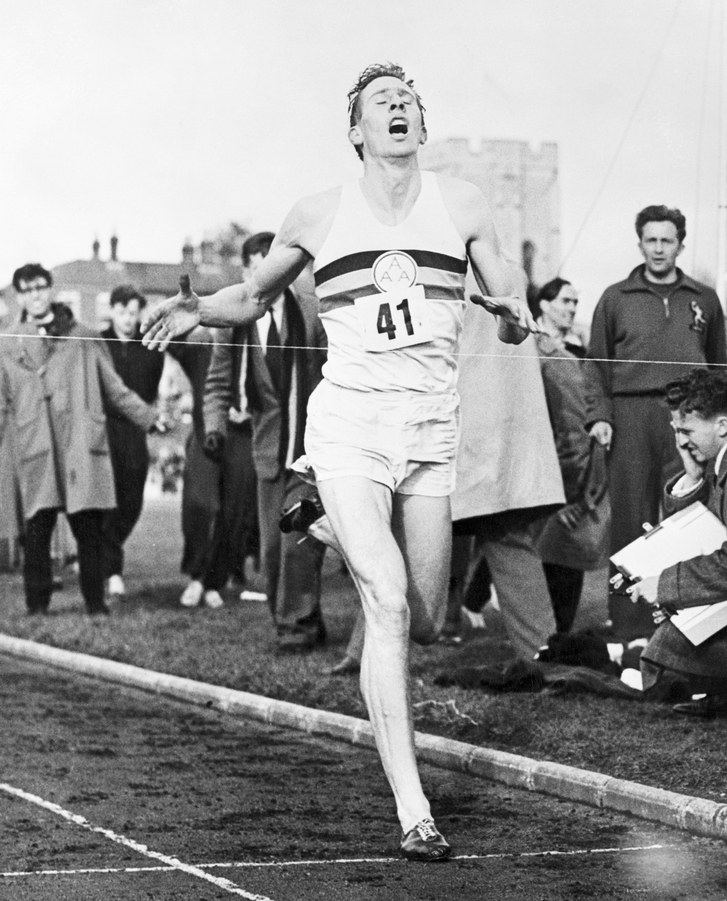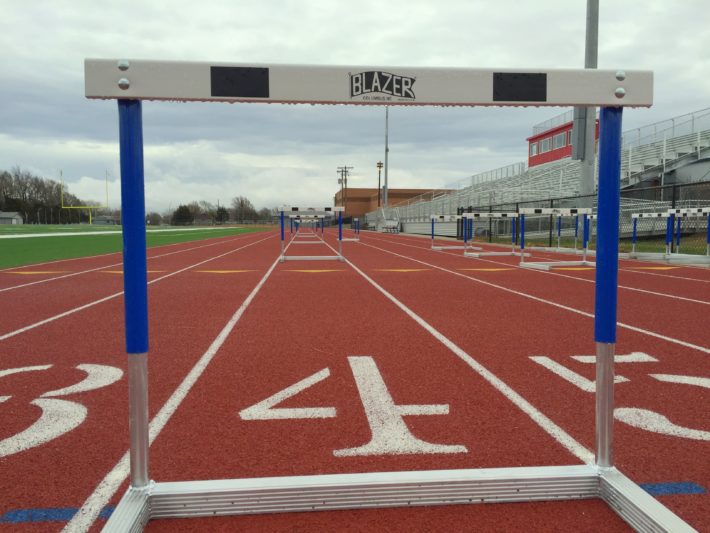My cross country team this fall seemed to get a kick out of me telling stories at the start of practice (or they just appreciated any delays to starting running). This is one I shared to talk about the barriers we have to deal with, whether real or those we put up for ourselves.
I recently read The Right Stuff about the first seven American astronauts who flew in Project Mercury. They had all begun their careers as pilots as it was decided the “right stuff” needed for missions in space were best personified by military pilots and test pilots. As such, an early chapter in the book is dedicated to Chuck Yeager and the race to break the sound barrier for the first time.
The jets of the 1940s were getting faster and faster and were within 95% of the speed of sound, but even then scientists questioned whether or not it was possible to break the sound barrier – at least safely. Some wondered if the plane or the pilot could survive crossing that threshold. The flights were getting really choppy as they got close, but Yeager had the theory that the flight would actually smooth out at Mach 1 (the speed of sound). He was right.
On October 14, 1947 Yeager hit Mach 1.07 in the Bell X-1 over the Mojave Desert. News of the feat wasn’t actually released to the public until the following summer, presumably to keep the Soviets from learning of our progress. The sound barrier was just one of many milestones, but it helped put us on the path to land on the moon 22 years later.

The seven Mercury astronauts have all passed away (most recently John Glenn in 2016), but I was pleasantly surprised to learn that Chuck Yeager is still alive! He’s 95 years old and lives in California. I couldn’t help but think how when icons like him die the media is quick to honor their lives. It seems to me it’d be really special to honor someone like Yeager now while he’s still alive.
Anyway, the next barrier I want to discuss is the men’s mile world record with a special emphasis on how significant the state of Kansas is to that event. First, let’s meet Glenn Cunningham. Cunningham was born in Atlanta, Kansas in 1909 and grew up in Elkhart in the southwest corner of Kansas. His brother was killed in a gasoline explosion when Glenn was eight years old. That same explosion almost cost Glenn his legs. His doctors said he’d never walk normally again. He was bedridden for two years before even attempting to walk. But walk he did and 15 years later he broke the world record in the mile, running a 4:06.8. He also won a silver medal in the 1500 at the 1936 Olympics in Berlin.
Over the next couple decades, while pilots were chasing the sound barrier, men on the ground were racing to be the first to break the 4-minute mile. Cunningham’s world record fell to a British runner before a couple of Swedish runners took turns leapfrogging each other and got the record down to 4:01.4 by 1945.
In the early 50s, it became a three-man race (the metaphorical kind) to be the world’s first sub-4-minute miler between John Landy of Australia, Roger Bannister of the United Kingdom, and Wes Santee of the United States. Santee was a native of Ashland, Kansas and ran for the University of Kansas where he was the national cross country champion in 1953. Santee never did run a sub-4-minute mile, though he got within half a second.
Bannister became the first to break the barrier on May 6, 1954 when he ran a 3:59.4. Supposedly, he then said, “apres moi, le deluge” which, in French, means “after me, the flood.” Similar to the sound barrier, many wondered if it was physiologically possible for a human to run that fast for that long. Bannister knew that once he had shown it was possible, many more people would now be able to do it. He was exactly right. His sub-4 mile was the first time in nearly nine years that the men’s mile record had been broken, but after Bannister, it was broke six times over the next 11 years.

In 1964, yet another Kansan came onto the scene. Jim Ryun, who attended Wichita East High School, became the first high school runner to run a sub-4 mile. Two years later, at just 19 years old, he set the world record with a 3:51.3 and improved the record the following summer to 3:51.1. The world mile record is now held by Hicham El Guerrouj of Morocco at 3:43.13 which he ran in 1999.
So, I suppose my point to all of this is to recognize that for anything you’re going through or anything holding you back or standing in your way, there is someone else who’s been in the same situation and conquered that barrier. Knowing that should empower you to do the same or, even better, to shatter new barriers no one thinks possible.
